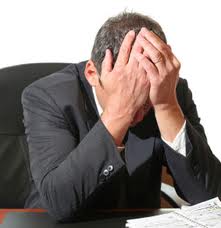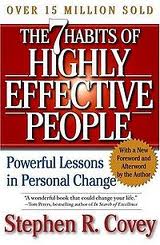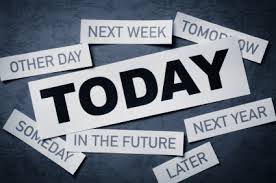Email Overload!
November 11, 2012 4 Comments
![]() Everyone I know complains about email overload. Email has become a serious problem. When we don’t control our email habit, we are controlled by it.
Everyone I know complains about email overload. Email has become a serious problem. When we don’t control our email habit, we are controlled by it.
Email pours in, with no break to its flow. It is unyielding. And like addicts, we check it incessantly, drawing ourselves away from meetings, conversations, personal time, our priorities, important tasks or whatever is right in front of us.
People seem to think that since we receive email almost instantly that we should reply in kind. Doing that is like waiting for the postal worker for all hours, opening and closing the door to check the mail nonstop every day. That would be a waste of time and energy. Do you do the same thing with email? Of course not! Instead, you keep your email application open, waiting for that imminent notification alert to come so you can check and see what new thing just got delivered to your inbox.
As soon as an email arrives in our inbox, we feel a compelling urge to reply immediately. Generally, we are afraid that we might miss an important message or fail to respond in a timely fashion. Many corporate cultures mistakenly exasperate this pressure to reply immediately. What if someone needs an immediate response? Worrying about that is precisely the kind of misguided rationalization that reinforces our addiction. And, in the off chance that they need a response within minutes, then they will find another way to reach us like calling, instant messaging or texting.
It’s not just the abundance of email that’s our problem — it’s the inefficiency in how we deal with it. Instead of checking email continuously and from multiple devices, schedule specific email time during the day while you are at your computer. We are most efficient when we answer email in bulk at our computers. We move faster, can access files when we need them and easily access other programs like our calendars and trusted systems. Also, when we sit down for the express purpose of doing emails, we have our email heads on. We are more focused, more driven, wasting no time in processing our inbox to zero.
I bulk process my email three times a day in 30-minute increments, once in the morning, once mid-day, and once before leaving for the day. This allows me to go thru my email faster and with more attention than before. I don’t make those I’m-moving-too-fast mistakes like copying the wrong person or sending an email before finishing it. So I’m also more efficient.
Email is no longer an overwhelming burden to me. I’m spending an hour and a half a day on it, which for me is the right amount. You may need more or less time per day to process your email. Experiment and then schedule the appropriate time on your calendar to process it.
How do you process email?





